Discover a professional 3D printing powder supplier
Aluminum-based 3D Printing Powder
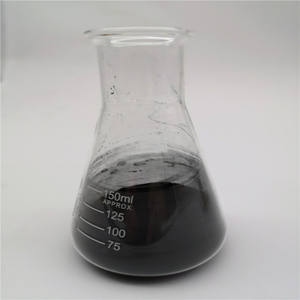
SLS 3D Printing Process Functional Nylon Prototyping End-use Products Custom Selective Laser Sintering 3D Printing
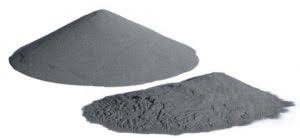
Transparent Resin SLA 3D Printing Used For Visual Models, Figurines and Prototypes Matt / Glossy Surface Finish 3D Printing
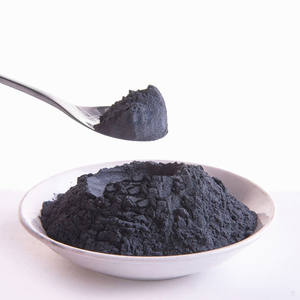
Medical Model New Technology 3D printing Prototype FDM SLS SLA PLA 3D Printing ABS Resin PLA12 Plastic Parts
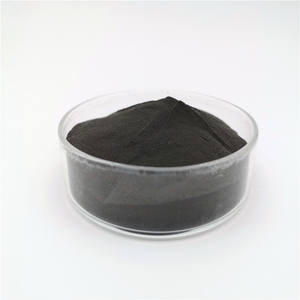
SLA 3D Resin Printing Service Plastic High Quality Material Small Batch Production of Doll Animation

Unlocking Strength Precision in Advanced Manufacturing Al Alloy Powder AlMgSc 15-53um for Aerospace and Automotive Engineering
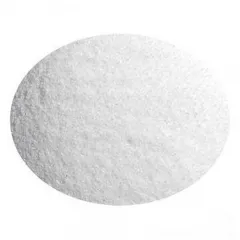
3D Printing Service MJF SLS SLM 3D Scanning and Printing High-Quality Titanium Metal 3D Printing Models
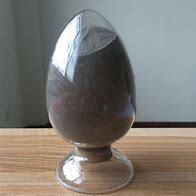
3D Printing Metal Powder Cobalt Chromium Alloy Dental Use Spherical CoCrMo powder
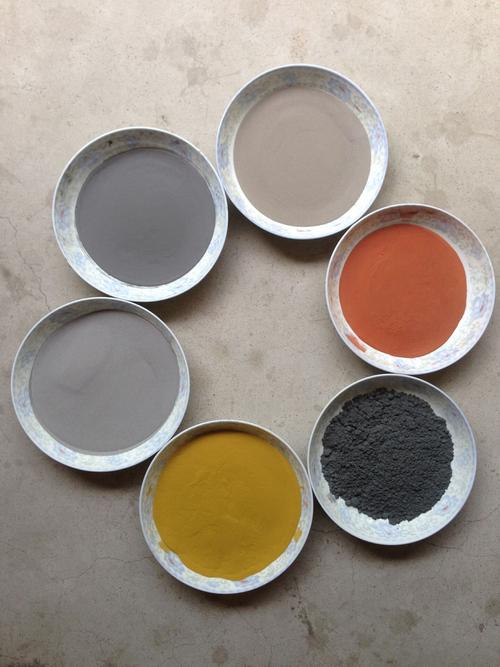
3d printing titanium powder 3d print stainless polished 3d printing machine aluminium
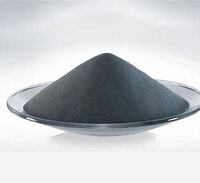
nickel alloy powder for sls printing 3d plastic animal toys 3d printing industry resin parts prototype fdm printing roles image
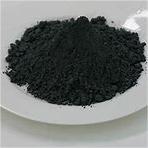
Customized Grey hard anodization aluminum 6061-t6 cnc milling machine part
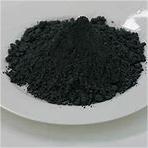
Custom Precision CNC Machining Aluminum Enclosure ‘s Etching/Chemical Machining Technique
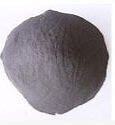
High quality customized design 3D printing alloy powder
Introduction to aluminum-based 3D printing powder
Aluminum-based 3D printing powder is a metal powder material used for additive manufacturing (such as SLM, SLS and other processes), the main components of which are aluminum and its alloys (such as AlSi10Mg, Al6061, etc.). It has lightweight, high strength and good thermal conductivity, and is widely used in aerospace, automotive and electronics fields.
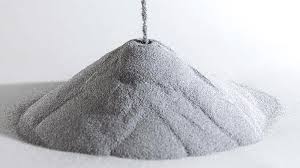
Characteristics of aluminum-based 3D printing powder
Lightweight: low density, suitable for weight reduction design.
High strength: some alloys have excellent mechanical properties after heat treatment.
Corrosion resistance: an oxide film can be formed on the surface, which is resistant to environmental corrosion.
Thermal conductivity and electrical conductivity: suitable for heat dissipation components or electronic devices.
Easy processing: good fluidity, suitable for high-precision printing.
Specifications of aluminum-based 3D printing powder
| Parameter | Value |
|---|---|
| Material | AlSi10Mg, Al6061, etc. |
| Particle Size | 15-45 μm (D50) |
| Density | ~2.7 g/cm³ |
| Melting Point | 550-660°C (varies by alloy) |
| Oxygen Content | <0.1% |
| Flowability | ≤25 s/50g (Hall Flowmeter) |
| Sintering Method | SLM, EBM, Binder Jetting |
Application of aluminum-based 3D printing powder
Aerospace: lightweight structural parts, brackets, etc.
Automotive industry: engine parts, radiators.
Electronic equipment: heat dissipation modules, housings.
Mold manufacturing: conformal cooling molds.
Medical: customized equipment (requires biocompatibility treatment).
Company Profile
3D Printing Passion is a trusted global chemical material supplier & manufacturer with over 12-year-experience in providing super high-quality 3D printing powder and relative products.The company has a professional technical department and Quality Supervision Department, a well-equipped laboratory, and equipped with advanced testing equipment and after-sales customer service center.If you are looking for high-quality 3D printing materials and relative products, please feel free to contact us or click on the needed products to send an inquiry.
Payment Methods
L/C, T/T, Western Union, Paypal, Credit Card etc.
Shipment
It could be shipped by sea, by air, or by reveal ASAP as soon as repayment receipt.
5 FAQs about aluminum-based 3D printing powder
Q: Which 3D printing technologies are aluminum-based powder suitable for?
A: It is mainly suitable for SLM (selective laser melting), EBM (electron beam melting) and binder jetting technology.
Q: Does aluminum powder need heat treatment after printing?
A: Some alloys (such as AlSi10Mg) can improve mechanical properties through heat treatment, but it is not necessary.
Q: Storage conditions of aluminum-based powder?
A: It needs to be moisture-proof and sealed to avoid oxidation and contamination.
Q: What is the surface roughness of the printed part?
A: Usually Ra 10-20μm, which can be improved by polishing or machining.
Q: What are the advantages compared with other metal powders?
A: It is lighter, cheaper than titanium powder, and has a better printing speed than steel powder.
